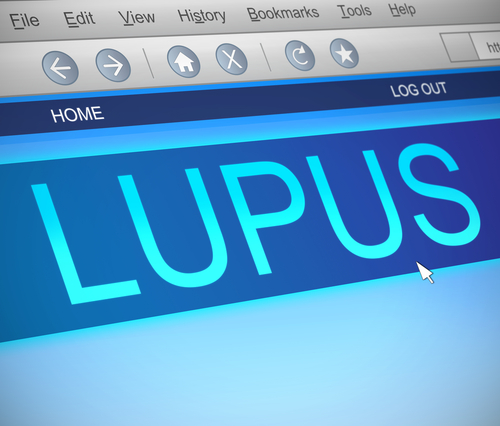Natural Flavonoid Astilbin As a Therapy For Early-Stage SLE Development
Written by |

A research team has recently showed that the natural product astilbin can diminish disease development in mice susceptible to lupus by decreasing functional activated T and B cells. The study entitled “Decrease of Functional Activated T and B Cells and Treatment of Glomerulonephitis in Lupus-Prone Mice Using a Natural Flavonoid Astilbin” was published in PLOS ONE.
Systemic lupus erythematosus (SLE) is a systemic autoimmune disease characterized by high levels of autoantibodies’ production, activated T and B cells and several cytokine alterations and clinical involvement of several organs. SLE patients have T cells with an altered profile of gene expression, leading to a higher inflammatory potential. These cells interact with autoreactive B cells, which produce autoantibodies that have a crucial role in autoimmunity via non-conventional mechanisms by presenting autoantigens to T cells and secreting proinflammatory cytokines.
The standard therapy for systemic lupus erythematosus (SLE) has been the use of immunosuppressive agents for long periods of time with considerable side effects. Thus, there is an urgent need for developing new and better therapy alternatives.
In this study, the research team treated a mouse model of lupus using oral administration of the natural flavonoid astilbin, which is extracted from the medicinal herb Smilacx glabra and can interfere with several biological processes. The team had already developed previous studies showing that astilbin could specifically induce apoptosis in activated but not in non-activated T cells, stimulate the anti-inflammatory and regulatory cytokine interleukin-10 and inhibit activated T-cell adhesion and migration.
In the present study, they found that administering astilbin during early disease onset, lead to reduction of several serum pro-inflammatory cytokines, including IFN-g, IL-17A, IL-1b, TNF and IL-6. In addition, astilbin treatment resulted in decreased mitochondrial membrane potential in activated T cells and downregulated expression of the co-stimulatory molecules CD80 and CD86 on endotoxin (LPS) stimulated B cells. In mice with established disease the positive effects of astilbin in the late treatment regimen were similar but less effective.
Overall, astilbin delayed the disease development of lupus-prone MRL/lpr mice when given orally before the onset of disease and also when disease started before the beginning of therapy by decreasing functional activated T and B cells. These findings suggest the potential therapeutic effect of the natural flavonoid astilbin in the control of early-stage and SLE development.




